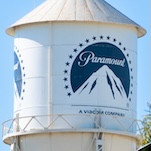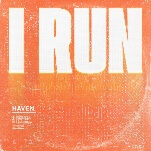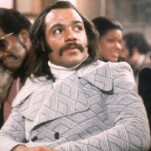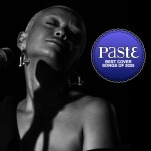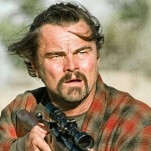Thing we were happiest to learn: Even with a potential audience of only 6 million Mormons in the U.S. (out of 14 million worldwide), several LDS films have been box office successes, if on a smaller scale than what Hollywood would consider a bit hit. God’s Army made $2.5 million on a budget of $300,000, and Wikipedia lists five other films that earned over a million dollars from six-figure budgets. Bigger is not always better, however, as The Other Side Of Heaven, a 2001 Disney-produced drama about a Mormon missionary, only made back two-thirds of its $7 million budget.
Thing we were unhappiest to learn: Non-Mormons probably wouldn’t get Mormon comedy. While LDS dramas are almost universally religious in nature, dealing either with missionary work, or the faith’s history, comedies tend to follow familiar mainstream tropes like fish-out-of-water, mockumentary, and slapstick. Two different films from recent years—Mobsters And Mormons and Inspired Guns—involve culture clashes between, well, mobsters and Mormons. However, because these films’ humor relies so heavily on Mormon-specific culture, and often Utah-specific Mormon culture, they’re thought to be near-incomprehensible to a wider audience, and are less popular than LDS dramas even among Mormon audiences.
Also noteworthy: One thing that seems to be universal among any subgenre of film is dislike of the MPAA. In keeping with Mormons’ squeaky-clean image, viewers generally balk at R-rated films, and Mormon filmmakers try to keep things PG whenever possible. But 2003’s succinctly titled The Book Of Mormon Movie, Vol. 1: The Journey was rated PG-13 for a decapitation, based on an episode from the Book Of Mormon (the religion’s holy book, not the Trey Parker and Matt Stone musical). The film’s producers insisted the scene was essential to the story (although it was cut for the DVD release, which did garner a PG rating), and leveled what’s now a fairly common criticism—that the MPAA rates independent films more harshly than movies from the majors.
Best link to elsewhere on Wikipedia: While this isn’t strictly speaking a Mormon film, Wikipedia mentions New York Doll, Greg Whiteley’s 2005 documentary about Arthur “Killer” Kane, the late bassist from pre-punk pioneers the New York Dolls. While the film does cover the band’s entire history, it focuses on Kane’s life leading up to a 2004 reunion show. After struggles with alcohol, drug use, depression, and a long recovery from a near-fatal beating, Kane had cleaned up his life by the time of filming, and joined the Mormon church. He sets aside his differences with former bandmate David Johansen, and the two contemplate touring for the first time in decades, when Kane dies from leukemia. The film was critically acclaimed, and nominated for the Grand Jury Prize at Sundance.
Further down the wormhole: One Mormon comedy, Down And Derby, involves rival fathers who take their kids’ pinewood derby race far too seriously (and we’re honestly surprised that wasn’t already a Will Ferrell movie). The pinewood derby is a Cub Scout tradition, dating back to the 1950s, as a race for kids too young to build Soap Box racers. Instead of riding in a car, participants build a small wooden car to race down a track against other entries. Cub Scouts, are, of course, an offshoot of the Boy Scouts Of America, that rare American institution that manages to be both wholesome and controversial. On the wholesome side, the Boy Scouts seem to have had a hand in making trick-or-treating a tradition, as before 1912, Halloween’s biggest tradition was vandalism. While that practice is viewed almost uniformly as a negative, one type of vandalism—subvertising—is seen as a political form of art, as it involves defacing an advertisement to change its message. A different form of subverting a cultural institution is the Idiotarod, in which costumed people race through various cities in shopping carts. We’ll take a look at the madness next week.



























